1. Confinement in a Small Cage for Long Period

Rawpixel
Locking a dog in a small cage for extended periods as punishment is a form of neglect and abuse. While crate training can be useful when done properly, using a cage as a punishment is emotionally damaging. Dogs are social animals, and prolonged isolation can lead to anxiety, depression, and behavioral problems. They need space to move, interact with their owners, and engage with their environment. Keeping a dog confined without the opportunity to exercise or socialize is both cruel and harmful.
2. Hitting or Kicking

Flickr
Physical punishment, like hitting or kicking a dog, is one of the most severe and damaging forms of discipline. It causes physical pain and emotional trauma, breaking the trust between a dog and its owner. Hitting a dog doesn’t address the root cause of the behavior and can cause the dog to become fearful, aggressive, or anxious. It’s been proven that physical punishment is not effective and only leads to more behavioral problems, making it a cruel and outdated method.
3. Using a Muzzle as Punishment
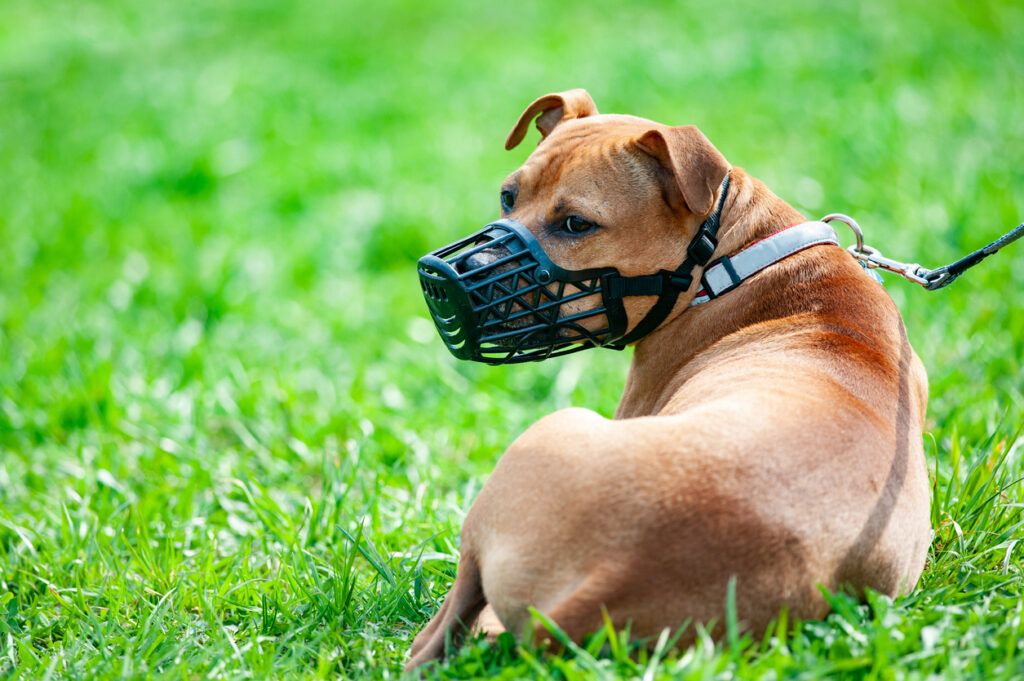
iStock
While muzzles are sometimes used for safety, especially for aggressive dogs or during grooming, using them as a form of punishment is cruel. Forcing a dog to wear a muzzle when it hasn’t done anything wrong causes immense distress and anxiety. Muzzles can restrict a dog’s ability to pant or drink water, and prolonged use can be harmful to their physical and emotional well-being. A muzzle should never be used as a form of discipline—it should only be used to prevent harm in specific circumstances.
4. Waterboarding

Freerange Stock
Waterboarding is an extremely inhumane practice that involves forcing a dog’s head under water or pouring water over its face to simulate drowning. The fear, panic, and trauma that result from this practice can cause serious psychological damage. Dogs do not understand why they are being punished in this way, and it can lead to drowning or water inhalation if done improperly. This form of punishment is not just cruel—it’s also extremely dangerous.
5. Depriving a Dog of Food or Water

Wikimedia Commons
One of the most evil and cruel punishments is depriving a dog of basic necessities like food and water. Dogs depend on us for their survival, and withholding these essential resources can lead to dehydration, malnutrition, and long-term health issues. This form of punishment is not only abusive but also deeply harmful to a dog’s physical and mental health. All dogs deserve regular access to food, fresh water, and nutrition, as well as compassion and care.
6. Electric Shock Collars

YouTube
Electric shock collars are designed to punish dogs by delivering an electric shock every time they exhibit an undesired behavior. This form of punishment can cause extreme pain, fear, and anxiety, leaving the dog in a state of constant stress. The shock does not teach the dog what it should do but instead causes the dog to associate fear with the owner or situation. These collars have been widely condemned by veterinarians and animal behaviorists, who recommend positive reinforcement as a more effective and humane method of training.
7. Spraying with Citronella or Other Repellents

Flickr
Some owners use citronella or other strong-smelling substances to punish dogs for undesirable behaviors, such as barking. The dog is sprayed in the face with the substance, causing discomfort and irritation. While the scent may temporarily deter barking, it’s not a humane way to train a dog. The unpleasant smell can cause physical irritation and anxiety in the dog, leading to confusion and mistrust. Positive training methods that focus on rewarding good behavior are far more effective and compassionate.
8. Shaking or Jerking on the Leash
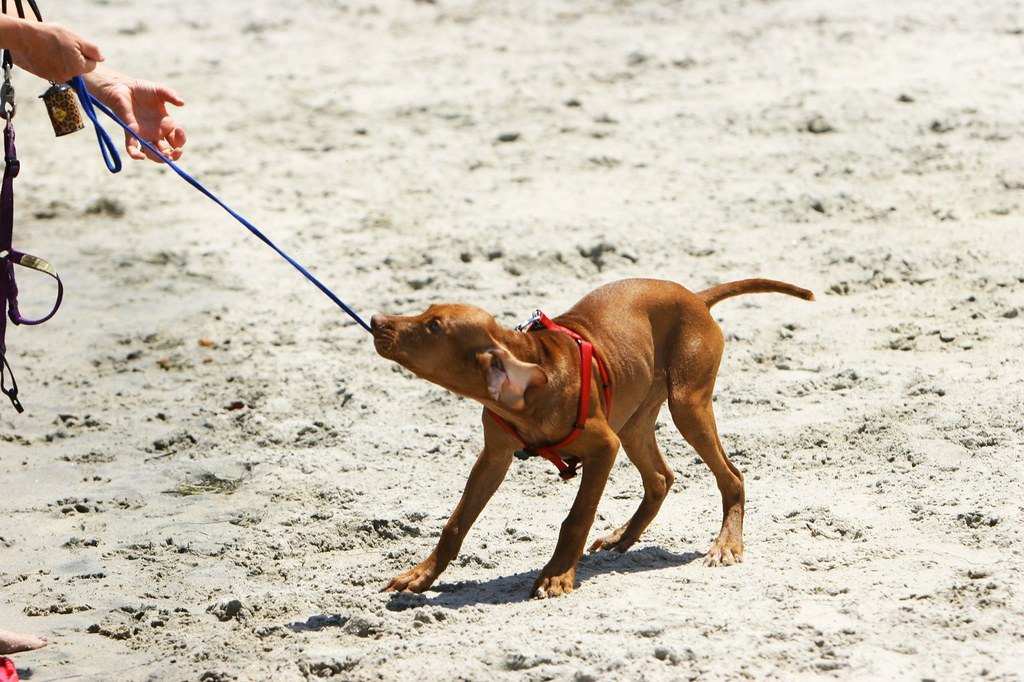
Flickr
Jerking or shaking a dog on the leash to correct behavior is a form of physical punishment that causes pain and fear. This type of correction can lead to neck and spine injuries, especially for smaller dogs, and it doesn’t teach the dog what they should be doing. Instead of correcting behavior, it causes the dog to become fearful of the leash or the owner. Positive reinforcement through treats or praise for good behavior is far more effective in building a trusting relationship with your dog.
9. Yelling or Screaming at a Dog
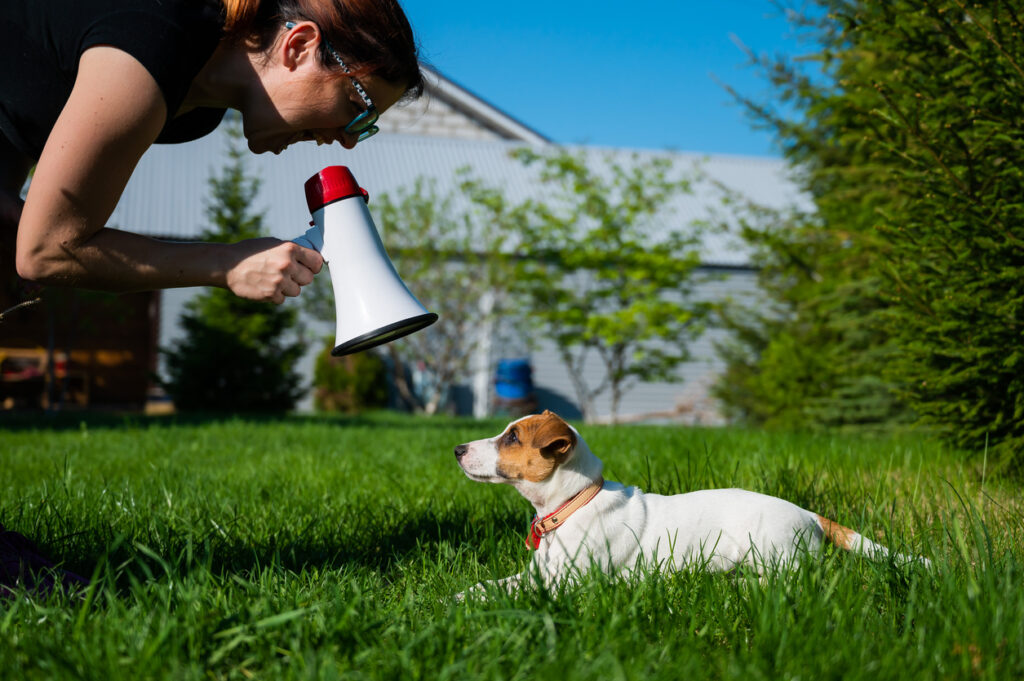
iStock
Yelling at a dog may seem like a quick way to get its attention, but it’s a highly ineffective and harmful practice. Dogs do not understand human language in the same way we do, so they may become confused, scared, or stressed by loud, aggressive tones. This can break the bond between owner and dog, leading to fear-based behaviors and anxiety. Calm, consistent, and positive training is always the better option, allowing for a stronger, more trusting relationship with your dog.
10. Throwing Objects at a Dog
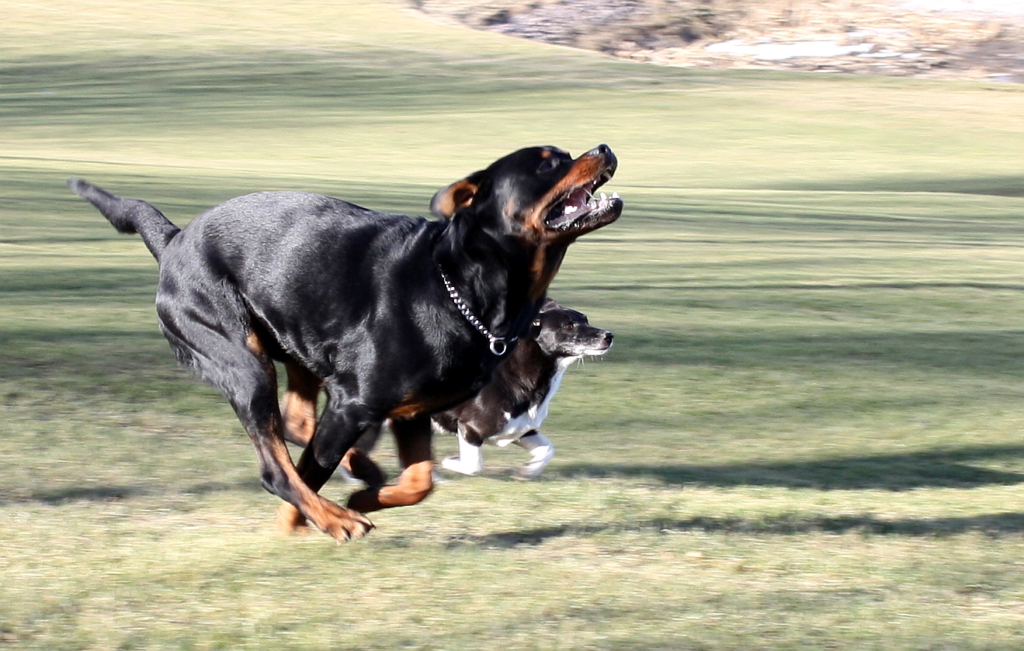
Wikimedia Commons
hrowing objects, such as shoes or books, at a dog to punish it for unwanted behavior is a form of physical abuse that causes pain and fear. This practice doesn’t teach a dog anything; it only instills a sense of terror and confusion. Dogs punished in this way are likely to develop anxiety, aggression, or behavioral problems, and they may become afraid of objects or people associated with the punishment. Effective training is built on patience and understanding, not fear and physical harm.
11. Tying a Dog Up Outside in Extreme Weather

StockVault
Leaving a dog outside, tied up in extreme weather, is one of the most cruel punishments a dog can endure. Whether it’s the cold of winter or the heat of summer, exposure to the elements can lead to serious health problems, including frostbite, heatstroke, dehydration, and even death. A dog tied up outside has no way to escape the elements or seek shelter. This form of neglect and punishment shows complete disregard for a dog’s well-being and safety.
12. Hitting a Dog with a Newspaper or Roll of Paper

Flickr
The old-school practice of swatting a dog with a rolled-up newspaper to “correct” behavior is both ineffective and abusive. The dog does not understand why it is being hit, and the physical punishment only causes pain and fear. Instead of teaching the dog what it should do, this form of punishment just breeds confusion and mistrust. Positive reinforcement, where the dog is rewarded for good behavior, is far more effective in encouraging long-lasting behavior change.
13. Exposing a Dog to Loud Noises as Punishment
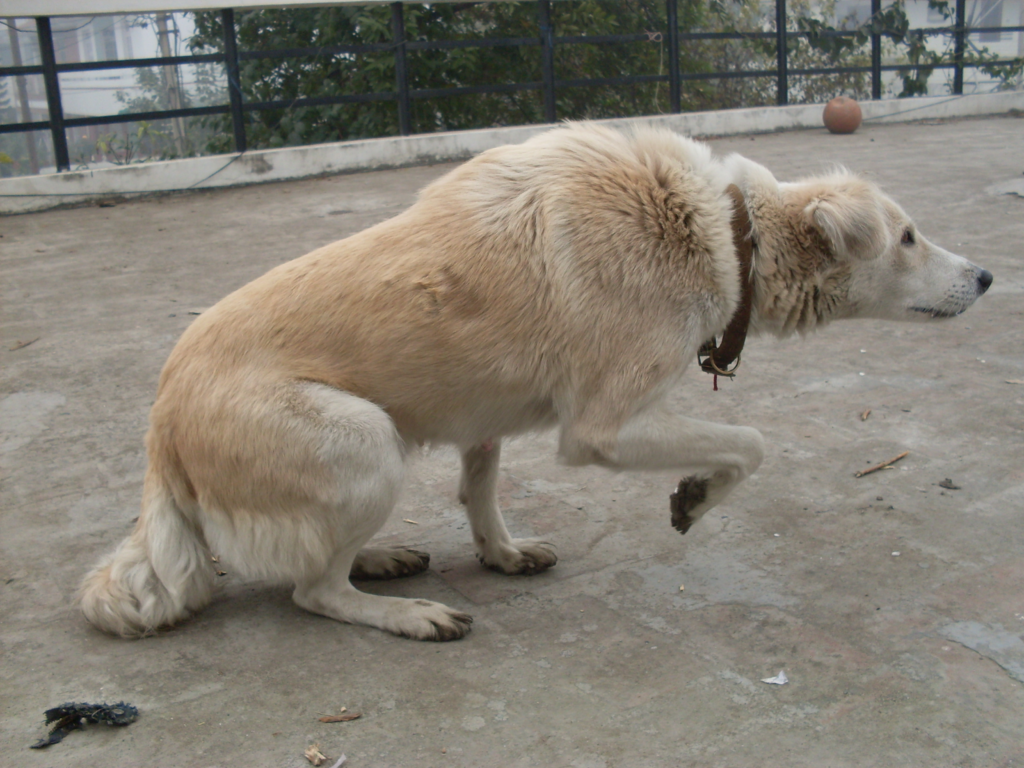
Wikimedia Commons
Some people use loud noises, such as banging pots or setting off alarms, as a form of punishment to stop unwanted behavior like barking. The loud, jarring sounds cause fear and anxiety in the dog, which can lead to long-term behavioral issues, including phobias. Dogs with noise anxiety may develop even worse reactions, such as destructive behavior or self-harm. Training should focus on calm, positive techniques that don’t cause unnecessary stress or fear.
14. Throwing the Dog Out of the House

Flickr
In moments of frustration, some owners may resort to throwing their dog out of the house as a form of punishment. This form of punishment can be traumatic for the dog, as it causes confusion, fear, and potentially harm if the dog is left outside in dangerous conditions. Dogs need to feel safe and secure in their home environment, and pushing them away as punishment only fosters feelings of abandonment and mistrust.
15. Intentionally Making a Dog Jealous

GetArchive
Some people believe that making a dog jealous will teach it a lesson or make it behave better. For instance, giving another dog attention or affection in front of your dog to make it jealous. This practice can create anxiety, insecurity, and aggressive behavior in dogs, damaging the bond you share with them. Dogs need stability and positive reinforcement, not manipulative tactics that cause emotional turmoil.
16. Using Isolation as Punishment

iStock
Isolating a dog in a room or crate for long periods of time as punishment is a form of neglect. While brief time-outs in a safe space may help dogs calm down, extended isolation can lead to depression, anxiety, and socialization problems. Dogs are social animals that thrive on interaction with their owners and other pets. Punishing them through isolation not only makes them sad but also damages their emotional health.


